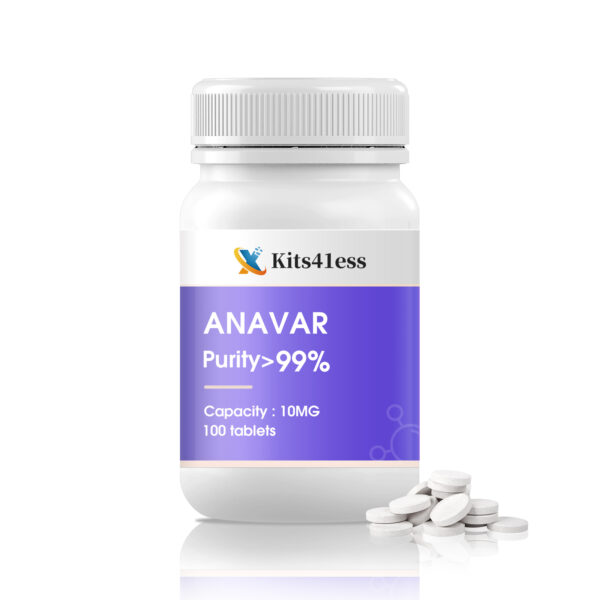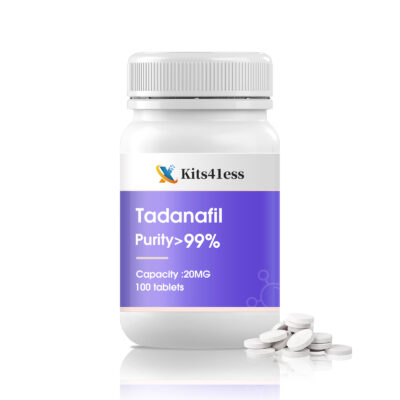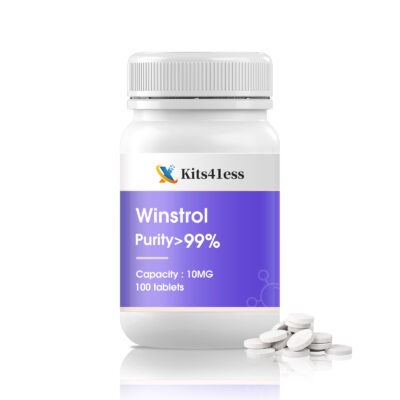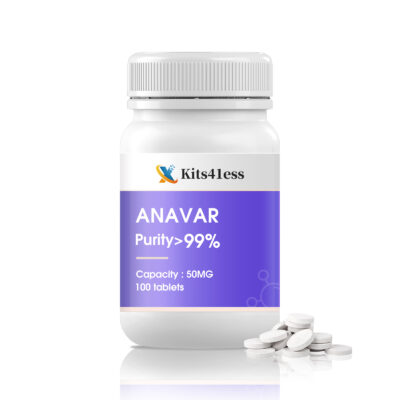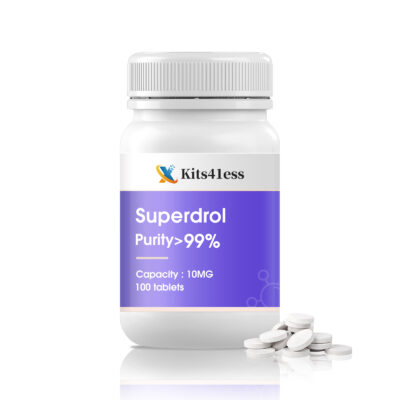ANAVAR-10mg
$32.00
ANAVAR-10mg Product Description
ANAVAR-10mg is an oral anabolic steroid product with Oxandrolone as the active ingredient. Each tablet contains 10mg of Oxandrolone and is usually presented as a white or off-white film-coated tablet. With its unique molecular structure and efficacy characteristics, it has attracted widespread attention in the medical and non-medical fields.
In medical use, ANAVAR-10mg is a powerful helper in the treatment of muscle wasting diseases. For HIV-related muscle atrophy, it can activate androgen receptors, accelerate protein synthesis, help patients restore muscle mass and physical strength, and improve weight loss caused by the disease; for children with Turner syndrome, it can help improve growth retardation under strict doctor supervision. At the same time, in the recovery stage after surgery or trauma, it can also play a role in promoting tissue repair and help patients recover their physical functions.
Description
ANAVAR-10mg (Oxandrolone) Product Introduction
I. Basic information and ingredients of the drug
Generic name: Oxandrolone
Trade name: ANAVAR-10mg (may vary in different countries, such as Anavar, Oxandrin, etc.)
Dosage form and specifications: White or off-white film-coated tablets, each tablet contains 10mg of oxandrolone, excipients include microcrystalline cellulose, polyvinylpyrrolidone, etc.
Drug classification: Anabolic-Androgenic Steroid (AAS), a DHEA derivative, reduces androgen activity by modifying the testosterone structure and enhances anabolic effects.
II. Mechanism of action and pharmacological properties
Core action principle
Promote protein synthesis: By binding to androgen receptors, activate gene transcription, increase the protein synthesis rate of muscle, bone and other tissues, and reduce protein decomposition, thereby achieving muscle growth and physical strength improvement.
Regulate metabolism: Mildly promote gluconeogenesis, increase insulin-like growth factor-1 (IGF-1) levels, and indirectly promote cell growth; inhibit the catabolic effect of cortisol and reduce muscle loss.
Compared with other steroids: Compared with testosterone or methyltestosterone, the androgenic activity of oxandrolone is significantly reduced (about 0.3 times that of testosterone), and the anabolic activity is about 3~5 times that of testosterone. Therefore, while increasing muscle, the masculinization side effects are relatively mild.
III. Clinically approved indications and potential uses
1. Officially approved indications (doctor’s prescription required)
Muscle wasting diseases:
HIV-related muscle atrophy: Improve weight loss by increasing protein synthesis, the recommended dose is 5~20mg/day, taken in 1~2 times, and the course of treatment is usually no more than 6 months.
Turner syndrome (congenital ovarian dysgenesis): Assist in improving growth retardation, the dosage for children is about 0.05mg/kg/day, and bone age needs to be strictly monitored.
Postoperative or trauma recovery period: used to relieve weight loss after chronic wasting diseases (such as burns, major surgery) and promote tissue repair.
2. Off-Label, there are risks
Fitness and competitive sports: Some athletes or fitness enthusiasts abuse it to increase muscle and reduce fat (because it can slightly increase the metabolic rate), but it is a substance banned by the World Anti-Doping Agency (WADA), and the detection window period can reach 3~6 months.
Adjuvant treatment of osteoporosis: Improve bone density by promoting bone formation, but long-term safety has not been fully verified and is only used for refractory cases.
IV. Pharmacokinetic characteristics
Absorption and bioavailability: Rapidly absorbed after oral administration, reaching peak blood concentration in 1~2 hours, bioavailability is about 80% (due to the first-pass effect of the liver, lower than injectable steroids), food has little effect on absorption, and can be taken on an empty stomach or with meals.
Metabolism and excretion: Metabolized into inactive products by liver CYP3A4 enzyme, metabolites have the risk of hepatotoxicity (see adverse reactions); half-life is about 8-9 hours, 1-2 times a day is required to maintain blood drug concentration; about 90% of metabolites are excreted through urine, and 10% are excreted with feces.
V. Dosage and medication specifications
1. Recommended doses for different populations
Indications Adult dose Pediatric dose (over 6 years old) Treatment course restrictions
HIV-related muscular atrophy 10~20mg/day, orally in 1~2 doses Not recommended (insufficient safety data) ≤6 months, liver function needs to be monitored
Turner syndrome Not applicable (adults) 0.05mg/kg/day (maximum 5mg/day) Until bone age closure, regular growth monitoring
Postoperative recovery period 5~10mg/day, once in the morning Not recommended ≤4 weeks, adjust according to recovery situation
2. Precautions for special populations
Hepatic and renal insufficiency: Severe liver damage is contraindicated (drugs are metabolized by the liver and may aggravate liver damage); mild renal insufficiency does not require dose adjustment, and dialysis patients should avoid use.
Pregnant and lactating women: It is a pregnancy category X drug, which can cause fetal masculinization through the placenta and is contraindicated during lactation.
Elderly: cardiovascular risk needs to be carefully assessed. It is recommended to start with a low dose (5mg/day) and closely monitor blood pressure and blood lipids.
VI. Adverse reactions and risk warnings
1. Common side effects (incidence > 5%)
Endocrine system:
Male: mild testosterone suppression (may lead to reduced sperm count and decreased libido), long-term use may induce prostate hyperplasia.
Female: about 10%~15% experience coarse voice, facial hair, and menstrual disorders. Some symptoms can be reversed after discontinuation of medication, but voice changes may be permanent.
Metabolic abnormalities: about 20% of patients have increased low-density lipoprotein (LDL) and decreased high-density lipoprotein (HDL), which increases the risk of atherosclerosis and requires regular monitoring of blood lipids.
Liver effects: 10%~15% have mild elevations in liver enzymes (ALT, AST), which can rarely cause cholestatic jaundice. Long-term medication requires liver function testing every 2~4 weeks.
2. Serious risks (need to stop the drug immediately and seek medical attention)
Hepatotoxicity: occasional hepatic sinusoidal obstruction syndrome (occlusion of hepatic venules), manifested as abdominal pain, ascites, and jaundice, symptomatic treatment is required after stopping the drug.
Cardiovascular events: increased blood pressure (about 5%~8%), palpitations, and those with a history of heart disease may induce heart failure. Blood pressure needs to be monitored regularly during medication.
Allergic reactions: rash, dyspnea, facial edema, which are rare but require emergency treatment.
3. Contraindications and people who should use with caution
Absolute contraindications: patients with prostate cancer or breast cancer (hormone-sensitive tumors), pregnant women, patients with severe liver disease, and those who are allergic to oxandrolone.
Use with caution: patients with hypertension, hyperlipidemia, diabetes, epilepsy, and men with a family history of prostate hyperplasia.

